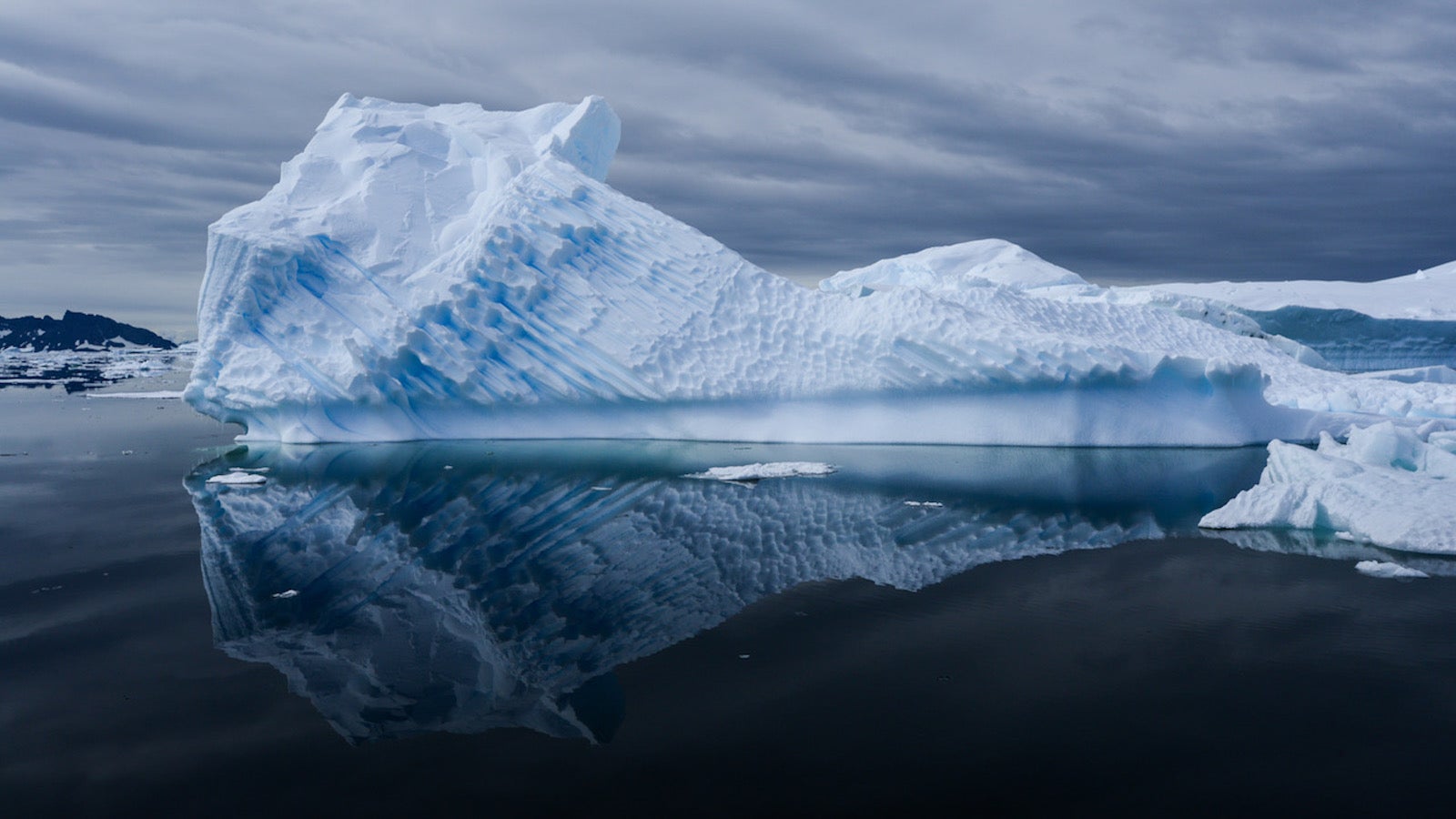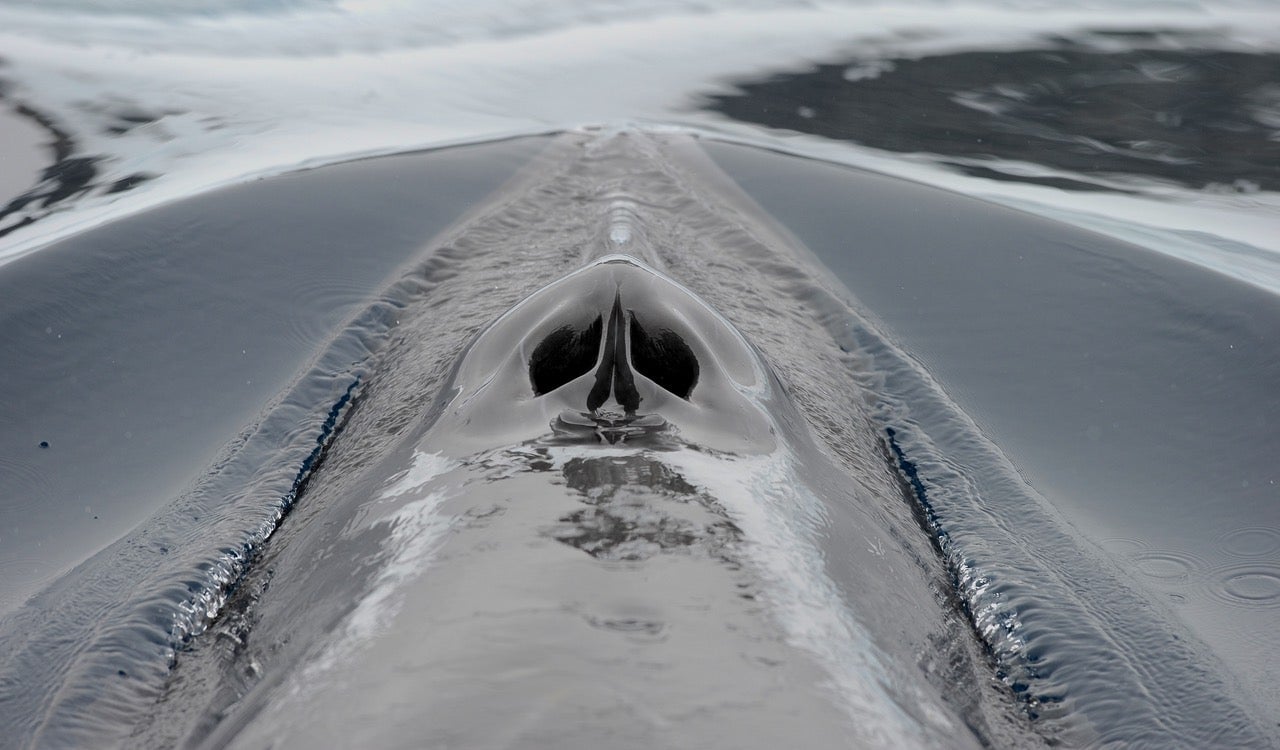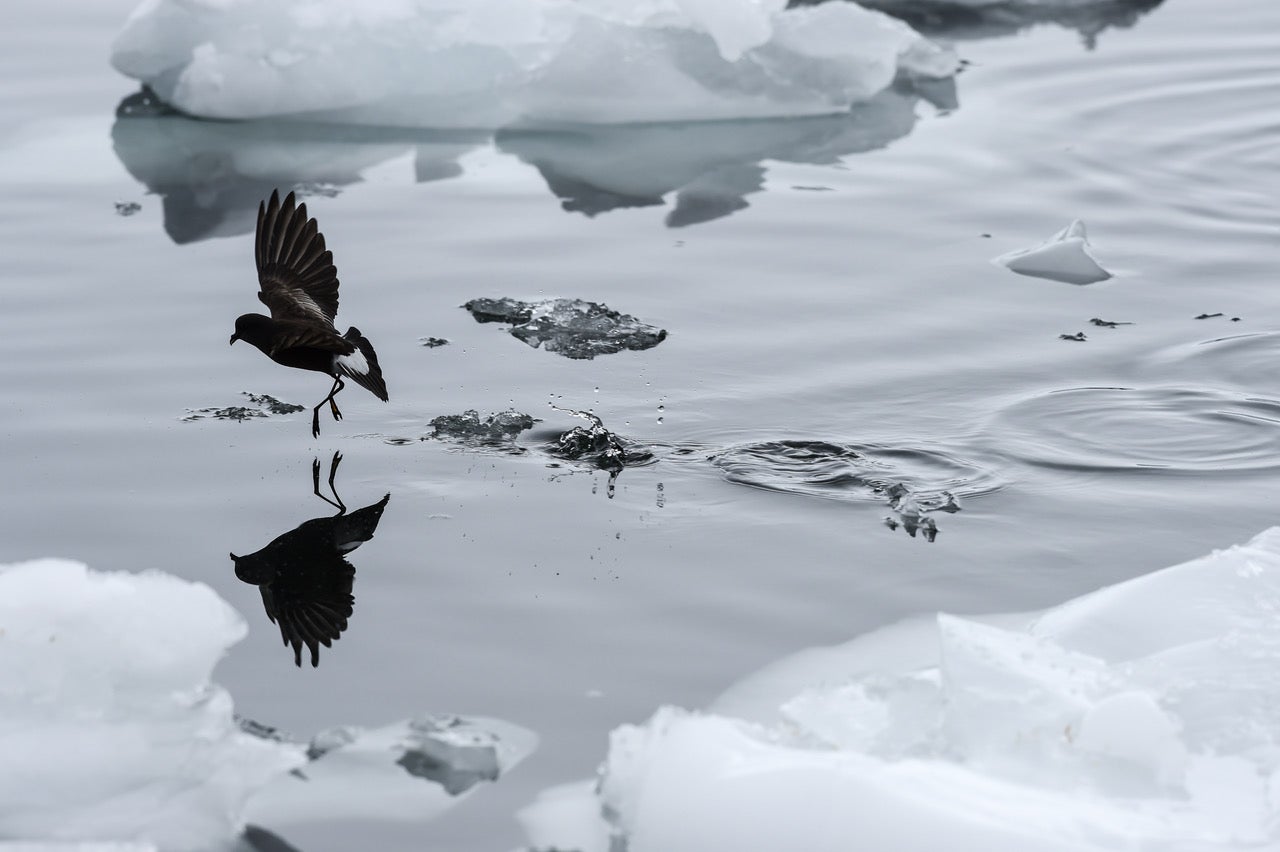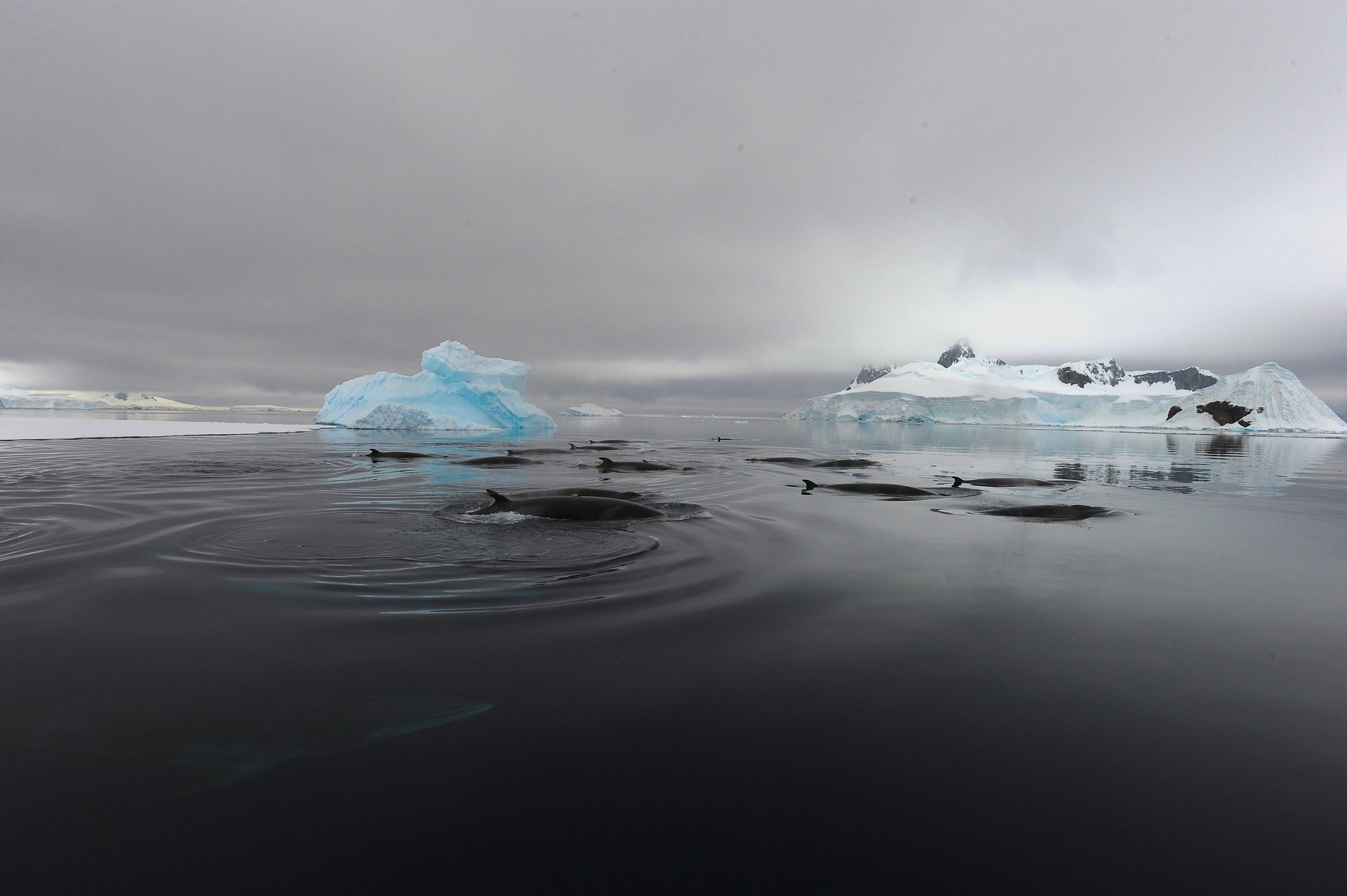An Antarctic ecologist says humpback whales will be fine in 2017! Everything else, not so much
The consequences of climate change in the poles can be a hard sell for disinterested Earth residents. Sympathy for polar bears afloat shrinking ice platforms to the north and dwindling penguin populations to the south only goes so far, and dense academic papers on the other end of the spectrum remain impenetrable for those without marine-biology degrees.


The consequences of climate change in the poles can be a hard sell for disinterested Earth residents. Sympathy for polar bears afloat shrinking ice platforms to the north and dwindling penguin populations to the south only goes so far, and dense academic papers on the other end of the spectrum remain impenetrable for those without marine-biology degrees.
But that’s not for want of trying: To educate the world about the precipitous nature of these dangers, some scientists are trying to bring their research to a larger audience’s attention.
Antarctic scientist Ari Friedlaender believes in the power of storytelling to effect change. Personal narratives can often drive more empathy for understanding the hardships and consequences of global warming than hard stats and figures, so Friedlaender has dedicated as much energy to his creative endeavors as his academic pursuits.
As an ecologist, he has visited Antarctica more than 25 times to develop a comprehensive research program that has been instrumental for understanding whale behavior. But as a concerned human, he also produces content with National Geographic and takes photographs of the ethereal surrounds to try and raise awareness for the plight of both the whales and continent at large. “When the conditions are right and the habitat is what it should be, these animals are absolutely magical,” he says. “But when it’s gone, it’s gone.”
During a break from conducting research in a “relatively balmy” section of the Antarctic Peninsula, we spoke about how some of the most important conservation efforts actually happen back on warmer land.

How has your time in Antarctica influenced your perspective back on the mainland?
I sometimes feel guilty for having the opportunity to go to the Antarctic and experience it as much as I do. I feel this really tremendous responsibility to communicate what I’m learning and what I’m doing. I use photography to try and engage audiences by showing them some of the natural beauty, but I also do this through writing, scientific papers, and documentaries. I feel like an ambassador and a champion of trying to be a better person; to be more conscious of the decisions I make and the things I value.
Often times as a scientist you’re afraid of being an advocate—you want your science to be objective, because the measure of its worth and value is in its objectivity. But in a place like the Antarctic, you don’t want to be objective: I have an opinion. I have a very strong opinion about this part of the world and this wilderness. I want it to persist and be there for my kids, and their kids, and all of my friends, and all of their children. So I try to do my science in a way that gives me the opportunity to share it and have the biggest impact possible.
I feel like I can control where I put my energy as a scientist. Taking that information and making that message have more value outside of our scientific community is exactly the reason that I work with National Geographic, because I want people to see it.
How are you trying to spread this message?
I try to show people these environments not just through natural history or science, but through stories. I want to show them what Antarctica means and how there are myriad reasons why the Antarctic should remain a wild place, not impacted by humans in a way that disturbs it.
Straight education and getting people to value nature for nature’s sake is very important. We need to instill the heuristic value of having wild places in nature that exist in their own right. It’s nice to be able to educate people about that and bring empathy or sympathy back to it.
I work a fair bit on tourist boats as well, because I think those who have made the commitment and are interested in going deserve to be educated in the most effective way possible. After we lecture to them and show them the Antarctic, I often tell people that they’ve got a real responsibility to go back home, communicate that to other people, and spread the word in a lot of ways.

What are some of the most common misconceptions about the Antarctic?
People have a hard time grasping that it’s such a harsh environment for the animals. It’s so cold and bitter that people think the life in that ecosystem is indestructible because they live in it. But it’s literally the opposite. Animals endemic to these polar ecosystems are living at such a knife edge in terms of what they can survive on. If any changes occur rapidly in one direction or the other, these animals simply can’t respond to or adapt in a real, meaningful way. I think people take for granted that the animals in this system and the balance of this system can be thrown off by things that we do, very quickly. You can show people the direct result of that in a glacier retreating, penguin populations declining, sea ice decreasing, or whale populations redistributing.
So, how are the whales going to do in 2017?
Humpback whales like open water—they don’t like sea ice. But Minke whales are the opposite: They thrive in the sea-ice environment. Where we are working in the Antarctic Peninsula, sea ice is declining precipitously, which quickly changes the available habitat for minke whales. As 2017 reports already show little sea ice, we will likely see very few minke whales—but I think we’re going to see a lot of humpback whales.

How are the Trump administration’s incoming policies and cabinet choices going to affect Antarctica, either directly through cutting funding for research, or indirectly through climate-change policies?
In order to measure change, you need to be able to show trends over time. That requires consistent sampling and data collection, such as continued funding for climate research and basic biology, ecology, and atmospheric research. Trump’s administration will likely diminish this. To interrupt some of these long-term data sets would be really catastrophic to our ability to predict change and understand change. We are also concerned about the administration’s impact on the ecosystem. There’s no question that reliance on fossil fuels and continuing to use those at a rate that is non-sustainable is what’s driven a lot of the climate warming to begin with.
How are you trying to engage others in this conversation? You don’t want to be doing all this research in a vacuum where no one outside of your community engages with it.
Exactly. The majority of our research in the Antarctic is supported by the National Science Foundation (NSF). When you write a grant for them, half of what you’re judged on is the intellectual merit, and the other half is the broader impact that that research has on society. In the past 10 to 15 years, I’ve seen a shift in how much credence the NSF proposal reviewers attribute to “broader impact.” So my colleagues and I are always thinking up new and creative ways to broadcast our information.
We also want to involve different kinds of students and different kinds of learning. When you have a mechanism that actually supports broader impacts, it’s a great thing. I’m really nervous about the next four years and how we’re going to be impacted in our ability to keep doing that science and have the opportunities to broaden our impact.